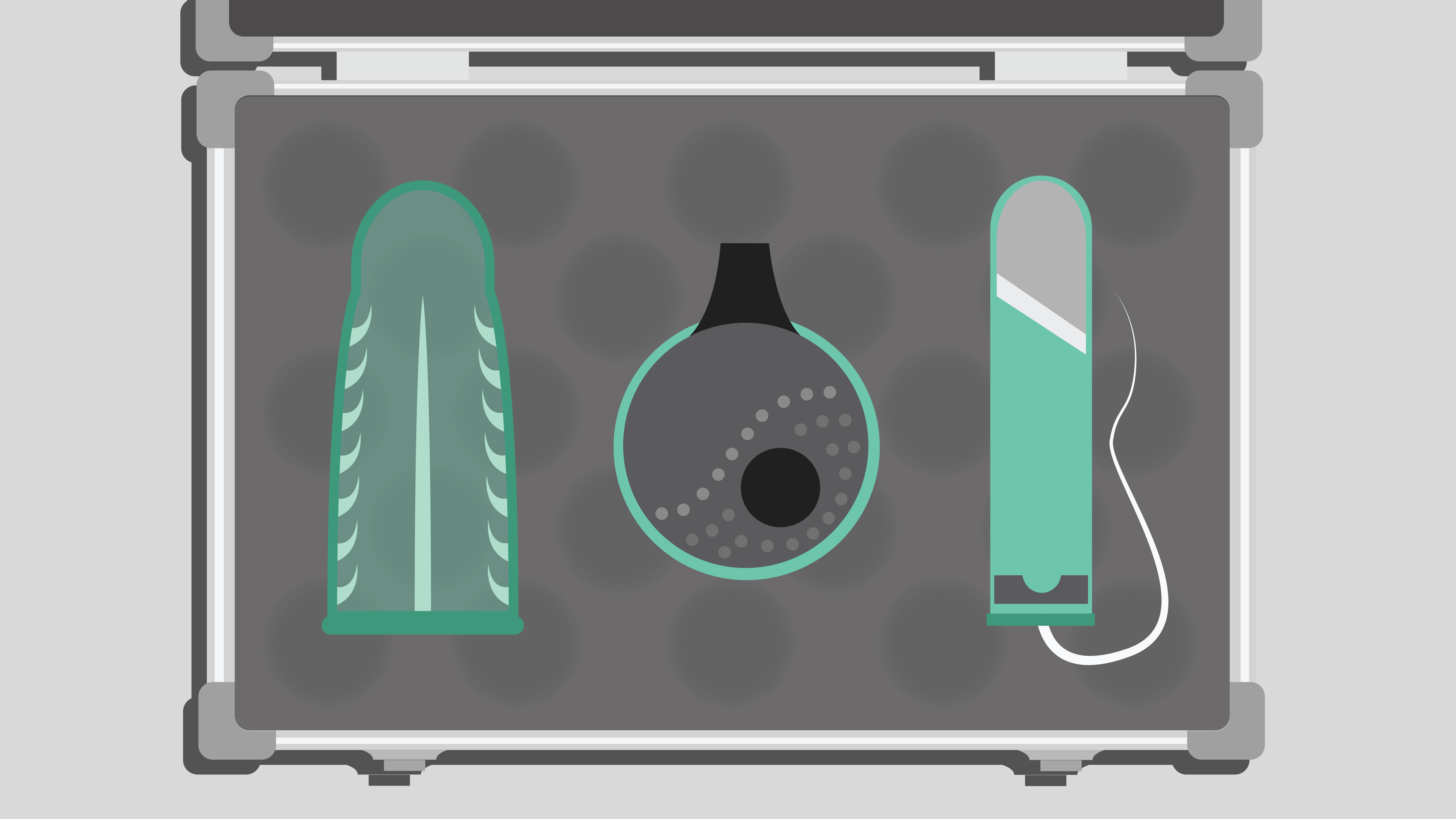A history of anti-rape devices
 Marie Espenido
Marie EspenidoDuring one of my recent 3 a.m. YouTube raids, I remember seeing an infomercial for AR wear — a clothing line attempting to crowdfund for the development of “anti-rape,” boy-cut undies that seemed to me like a modern day chastity belt.
The garment consisted of lockable straps which secured the bands around the waist and thigh areas, making it almost impossible to take off once the lock was in place. The video went on to demonstrate the cut-proof nature of the fabric, savagely swiping knives at the undies while having zero effect. My eyes widened with a blatant “WHAT THE FUCK” expression, perplexed as to why the hell we live in a world where a woman would have to feel the need to invest in the non-fictional version of Mithril in order to ward off sexual assailants. It was angering to consider why the development of such products would be necessary, and frustrating at the same time that they would be unnecessary if people could stop being dickheads and keep it in their pants. Unfortunately, that’s not the world we live in.
Upon further investigation, I found that the development of anti-rape gear was quite common, though most of the products had not made it to commercial use, here are some I discovered:
Rape-aXe
Dr. Sonnet Ehlers developed a latex condom that women could insert like a tampon which has jagged rows of hooks which lodge into a penis during penetration. The South African doctor sold her house and car to launch the product after one of her patients, a rape victim, told her she wished she “had teeth down there.” Rape-aXe clamps deeper into the shaft with the attempt to struggle and can only be removed by a doctor — making it easy for authorities to identify the assaulter. Critics of rape-aXe claim the product to be “medieval,” to which Dr. Ehlers responds, “a medieval deed deserves a medieval consequence.”
The Killer Tampon
Jaap Haumann, another doctor in South Africa, saw the physical and mental detriment of rape victims and designed the “killer tampon.” The device contains a guillotine blade encompassed in a hollow cylinder that springs when pressure is applied, decapitating the tip of a penis. The risk of getting HIV increases, considering the blood exposure following the slice and many found the idea of the “tampon timebomb” absurd.
Athena
ROAR for Good created a clip-on device that pairs with iPhones and smartphones to alert your contacts when you feel like you’re in a threatening situation. The device, named Athena, features an alarm mode for when you want to get help instantly (by holding the button for three seconds or longer), and a silent-roar mode for situations where you’re feeling uncomfortable (tap button three or more times to send distress messages). Athena alerts your emergency contacts of the according alarms and sends them your location. Athena is currently accepting pre-orders.
Though the intentions of each device is to protect women and make them feel safer, the possibility of an attacker lashing out at the victim out of anger or shock is still present. Others say the invention of such devices plays into a culture of fear — that women would wear these products with the anticipation of being assaulted, which is ultimately enslaving women to rape culture. What society definitely needs to invest in is efforts revolving around education or programs focusing on the prevention of rape, but sadly must take measures such as creating devices which treat rape as an expectation.




